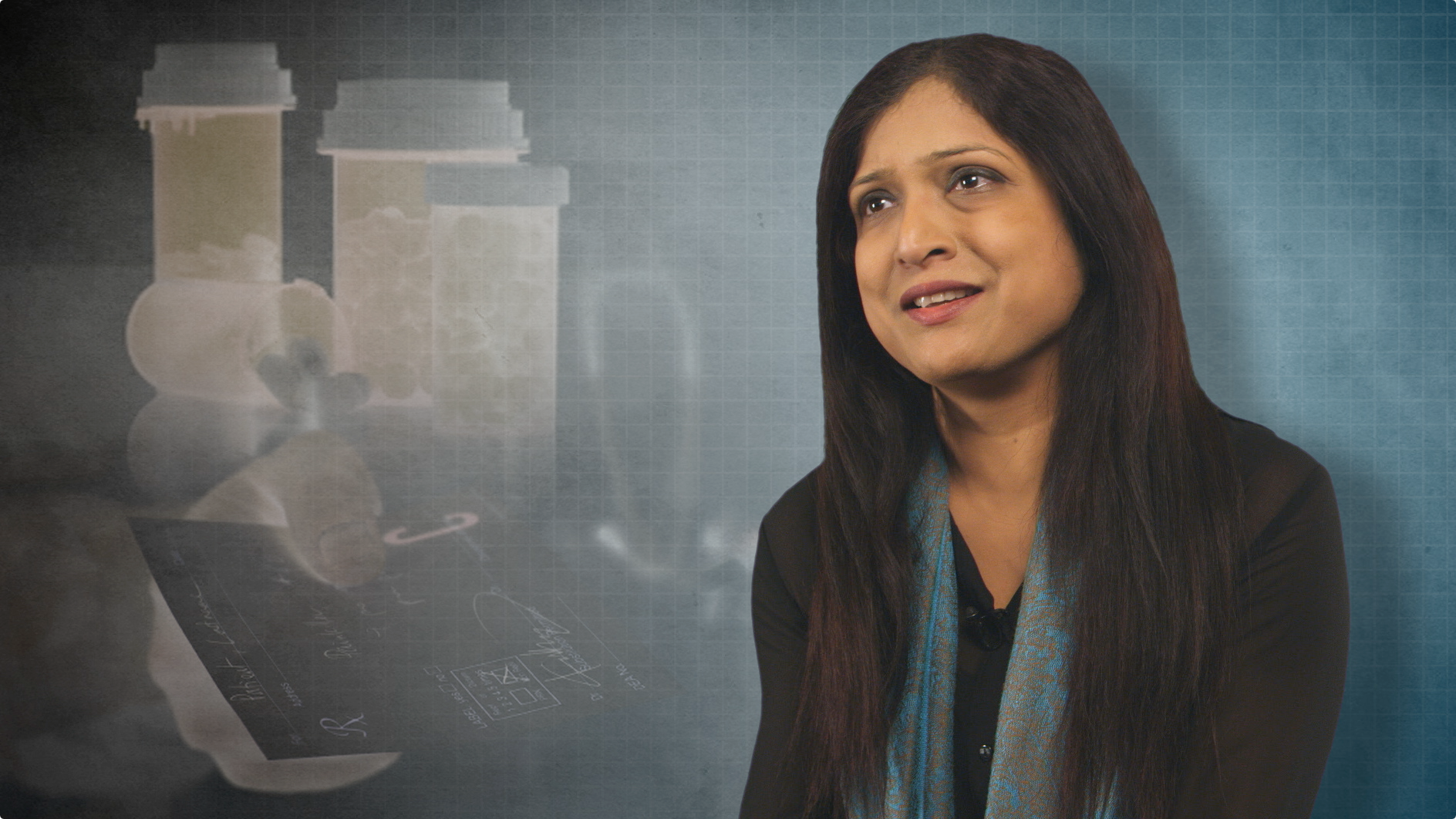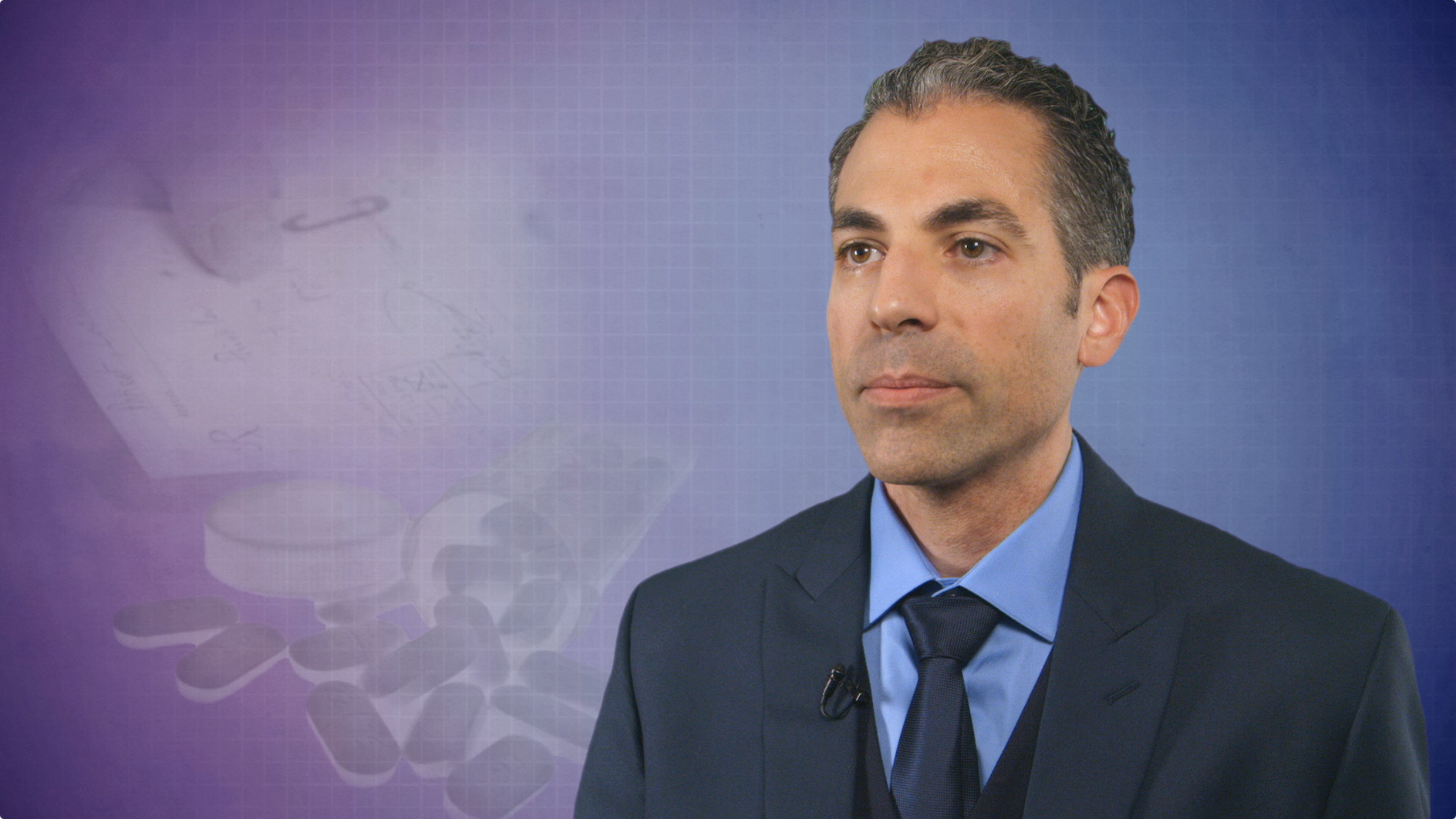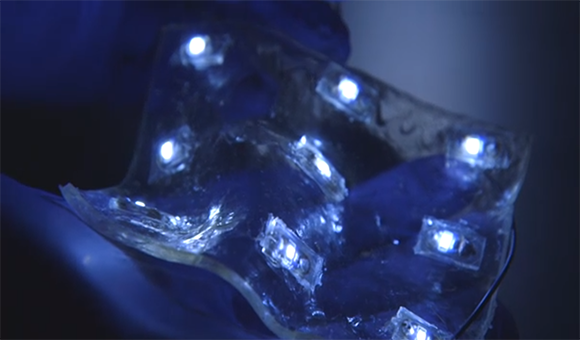Controlled study shows acupuncture relieves acute migraine pain
Reuters Health • The Doctor's Channel Daily Newscast
Real acupuncture is also “clearly effective” in preventing migraine relapse and aggravation,” Dr. Li Ying from Chengdu University of Traditional Chinese Medicine and colleagues report.
“These findings support the contention that there are specific physiological effects that distinguish genuine acupoints from nonacupoints,” they conclude.
Although acupuncture has been used for centuries to treat migraine, “convincing evidence of its efficacy in alleviating pain has been inadequate to date,” the study team points out.
Dr. Ying and colleagues studied the impact of real versus sham acupuncture in 175 patients meeting standard criteria for migraine, with or without aura, who were having 1 or more migraine attacks per month during the last 3 months and acute migraine attacks for at least 1 year.
During an acute migraine attack, patients were randomly assigned to one session of real acupuncture or sham acupuncture followed by observation for 24 hours. Subjects in the real acupuncture group received needling at genuine acupoints while subjects in the two sham groups received needling at predesignated nonacupoints.
According to the investigators, there were statistically significant differences between each sham acupuncture group and the “real” acupuncture group in visual analog scale (VAS) scores at 2 and 4 hours after treatment.
At the second hour after treatment, only patients who received real acupuncture showed significant decreases in VAS scores from baseline, by a median of 0.7 cm (p < 0.001).
At 4 hours after treatment, VAS scores had decreased from baseline by a median of 1.0 cm in the real acupuncture arm compared with 0.5 cm and 0.1 cm in the two sham acupuncture arms. The improvements were statistically significant in one sham group and in the real acupuncture group.
Most patients in the real acupuncture group experienced complete pain relief (40.7%) and did not experience recurrence or intensification of pain (79.6%), the investigators report.
Reference:
Headache 2009;49:805-816.






